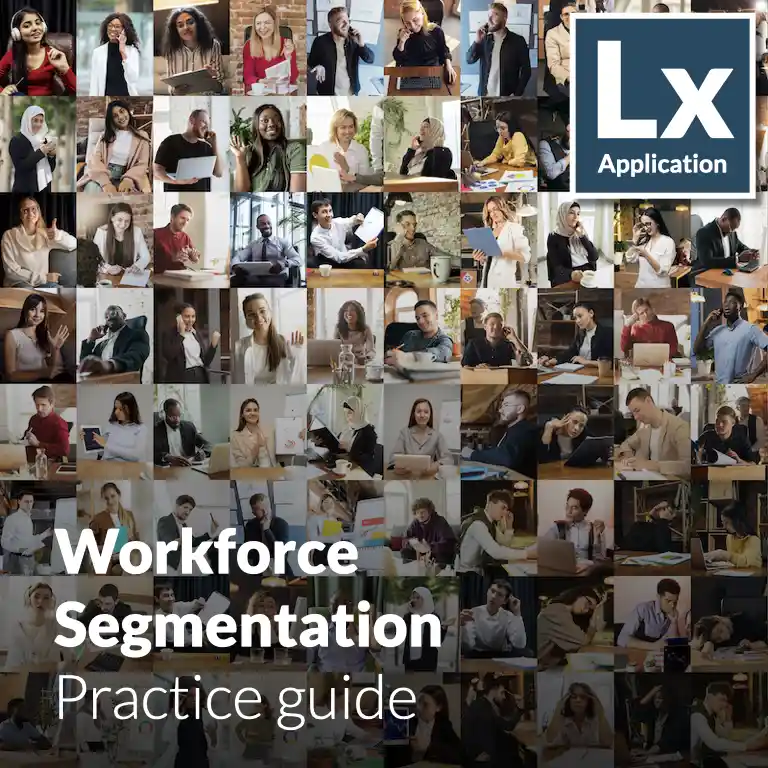Enjoy instant access to a scalable system of proven practices and execution-ready tools. Built to launch strategic HR programs 5X faster!
✓ Enjoy platform access
✓ Create your HR roadmap
✓ View open content in library
✓ Access dozens of practices:
⤷ The HR Strategy program
⤷ Explainers and deep dives
⤷ Supplemental guides
⤷ Insight articles
⤷ Weekly best practices
⤷ And more!
100% Free. No credit card required.
Workforce Segmentation describes the process of categorizing roles in the organization and determining the value of each relative to the strategic objectives of the company. The primary goal of the process is to determine which roles will have a disproportionate impact on the achievement of the organization’s primary strategies and objectives. It is designed to provide clarity on the positions that are most vital to an organization, while the output is used to prioritize investments in talent strategies and programs that drive increased recruitment, engagement, and retention.
A workforce segmentation strategy allows the organization to categorize jobs not according to their hierarchical level but rather based on 1) their impact on the organization’s mission and strategy and 2) the difficulty of filling, training, or retaining new or existing employees to fill the roles. Many talent management programs are unique to different employees. For instance, individual contributors, managers, and executives can have different compensation and benefits packages (not only in amount, but in the way they are designed), performance management programs, or development opportunities.

Enjoy instant access to a scalable system of proven practices and execution-ready tools. Built to launch strategic HR programs 5X faster!